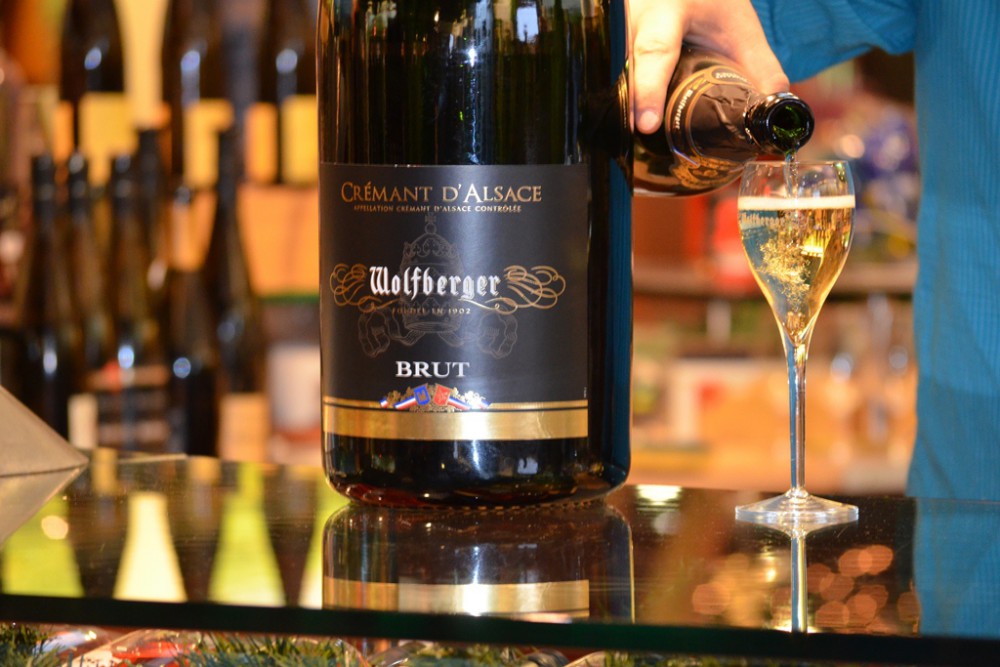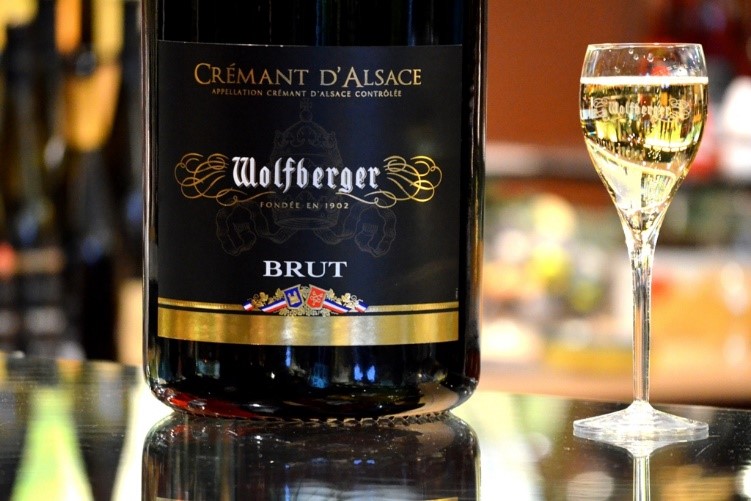
Making the Crémant d’Alsace
This sparkling wine is at heart intricate and delicate, a synonym for celebration.

A particularly complex and delicate operation
At the heart of making the Crémant d’Alsace is the need to carefully track the vinification process, as effervescence is a synonym for celebration. It’s now offered in different ranges, with different tastes and aromas.
Gently pressing the grapes, hand-picked and unbroken, lets us get all the best juice which then undergoes two fermentations in the vat:
- The alcohol fermentation, when the sugars turn into alcohol.
- The malolactic fermentation, which naturally transforms the grapes’ hard malic acid into softer lactic acid, encouraging finesse and complexity.
- Bottling comes next, where we add a liqueur made of sugar and active yeasts which causes the effervescence under pressure.
- After effervescing, the future Crémants are left to rest, in a nearly inverted position, for 12 months before the final stage of disgorging.
In this step, the deposit in the bottleneck is brought to freezing temperatures, creating a kind of artificial cork that is then ejected by the pressure of the carbonic gas. The lost volume is replaced by adding the liqueur which, depending on the dose, makes a Crémant d’Alsace brut, sec or demi-sec.




